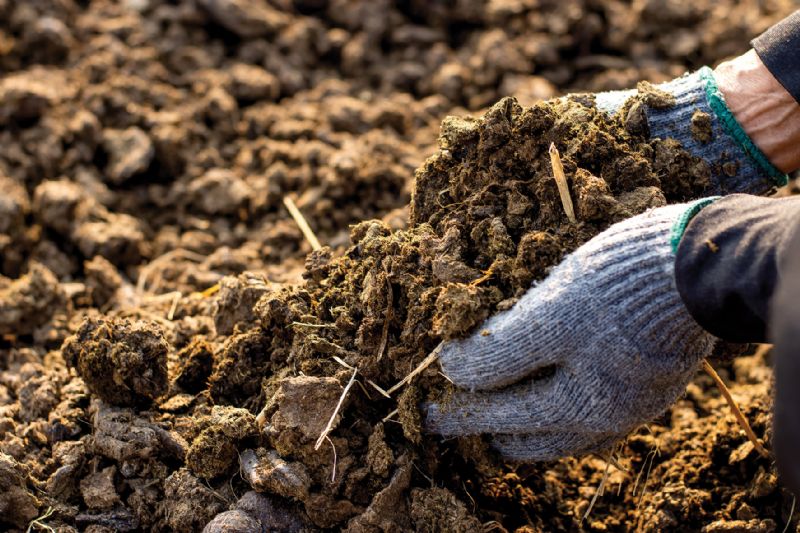- Home
- News, Articles & Reviews
We are hiring! Please click here to join our growing magazine delivery team in Gloucestershire!
Areas
Homes & Gardens
Archive

When growth starts to slow down
All Areas > Homes & Gardens > In the Garden
Author: Daniel Hoggins, Posted: Friday, 24th October 2025, 09:00
Nothing stays the same for too long in the garden and, with the arrival of November, another transition is brought to our little green spaces. Leaves are beginning to fall in earnest but the garden’s growth has slowed down at last, giving us plenty of time to start thinking about protecting plants, wildlife and soil through the winter.
Protect plant roots from winter cold
With flower beds beginning to look a little bare, adding a mulch of compost or well-rotted manure now will greatly benefit the soil. Not only will it improve fertility and structure, but it will also help protect plant roots from winter cold. If you have a compost heap, give it a good turn to keep it aerated – the fallen leaves and garden cuttings you gather this month can go straight in.
Do try, though, to leave some leaves on the ground, either in a pile somewhere on your borders or in a wildlife area as they can provide valuable cover for hedgehogs and frogs. Birds also appreciate food sources as natural supplies dwindle, so topping up feeders with seeds and fat balls will bring life and activity to the garden on quieter days.
A thick mulch will offer valuable protection
Lawns will have stopped growing by now, so give them a final cut on a dry day and clear away fallen leaves to prevent patches of moss developing. Tender plants such as dahlias, cannas or pelargoniums should be lifted, dried off, and stored in a frost-free place. For those that remain in the ground, a thick mulch or layer of straw around the crown will offer valuable protection. Garden pots are also at risk – raising them on pot feet will stop waterlogging and reduce frost damage.
It’s a great time to finish planting spring bulbs if you haven’t already. Tulips, in particular, are best planted in November, as the colder soil helps reduce the risk of disease. Plant them into borders or pots for a reliable burst of colour in the spring months. If your soil is heavy or waterlogged, add some grit to the planting hole to give the bulbs the drainage they need.
Spring is waiting just beneath the soil
November may feel like a quieter time in the garden, but the work you do now makes a big difference to how well your plants, soil and wildlife fare over winter. With bulbs tucked in, beds mulched and wildlife supported, you can head into December knowing your garden is prepared – and that spring is already waiting just beneath the soil.Other Images
Copyright © 2025 The Local Answer Limited.
Unauthorized use and/or duplication of this material without express and written permission from this site's author and/or owner is strictly prohibited. Excerpts and links may be used, provided that full and clear credit is given to The Local Answer Limited and thelocalanswer.co.uk with appropriate and specific direction to the original content.More articles you may be interested in...


© 2025 The Local Answer Limited - Registered in England and Wales - Company No. 06929408
Unit H, Churchill Industrial Estate, Churchill Road, Leckhampton, Cheltenham, GL53 7EG - VAT Registration No. 975613000You are leaving the TLA website...
You are now leaving the TLA website and are going to a website that is not operated by us. The Local Answer are not responsible for the content or availability of linked sites, and cannot accept liability if the linked site has been compromised and contains unsuitable images or other content. If you wish to proceed, please click the "Continue" button below:




